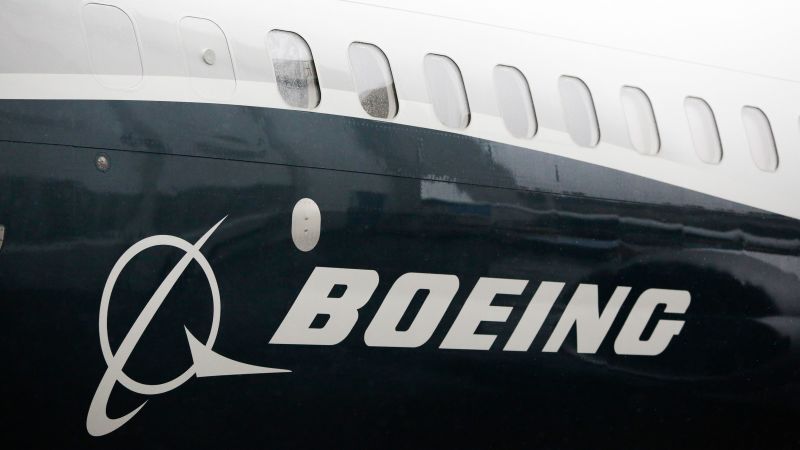The Federal Aviation Administration says it will audit the Boeing 737 Max 9 production line and its suppliers, with a focus on ensuring quality control.
The announcement, which the FAA called a “significant action,” comes exactly one week after the dramatic in-flight incident on Alaska Airlines flight 1282, when a part called a door plug was blown off the side of the plane.
The audit will also assess “safety risks around delegated authority and quality oversight,” a practice which FAA Administrator Mike Whitaker said in a statement that “it is time to re-examine.”
Whitaker also raised the possibility of outsourcing some oversight.
“The FAA is exploring the use of an independent third party to oversee Boeing’s inspections and its quality system,” Whitaker said in the statement.
The announcement makes no mention of when the 737 Max 9 will return to service. 171 of the planes remain grounded in the United States as airlines Alaska and United await updated emergency inspection guidance from the FAA.
The lack of a timeline from the FAA raises the possibility that the planes may be grounded for some time until the regulator can be certain that they are safe to fly. Alaska Airlines said in a statement Wednesday that it canceled all flights on 737-9 Max aircraft through Saturday, January 13 – that’s about 110-150 flights per day. It hasn’t yet made any announcements about future flights. United has also been canceling hundreds of flights a day because of the grounding.
Boeing CEO David Calhoun on Tuesday acknowledged the company made a “mistake” related to the Alaska Airlines incident at a staff-wide safety meeting.
“We’re going to approach this number one acknowledging our mistake,” Calhoun told staff Tuesday, according to a video of the meeting provided to CNN by Boeing. “We’re going to approach it with 100% and complete transparency every step of the way.”
On Wednesday, Boeing CEO Dave Calhoun admitted in an interview with CNBC that the door plug failure was a “horrible escape” of its manufacturing and quality control processes.
When asked what exactly happened, Calhoun told CNBC, “What happened is exactly what you saw, a fuselage plug blew out. That’s the mistake, it can never happen.”
In that interview, Calhoun emphasized that he is “confident” in the FAA’s ongoing work to “inspect each and every one of the airplanes” and make “certain that they’re in conformance with our design, which is a proven design.”
Jennifer Homendy, chairwoman of the NTSB, told CNN’s Poppy Harlow on “CNN This Morning” Wednesday that the FAA and Boeing “really need that information about how that occurred before they can take actions to unground the planes.”
“I would recommend that they not put those back in service until they absolutely know how this occurred,” said Homendy. “That will tell them what inspections need to take place and what repairs need to take place.”
A Boeing source told CNN that Boeing believes “the mistake in question” was introduced in the aircraft’s manufacturing supply chain.
This is a developing story. It will be updated.
Read the full article here



